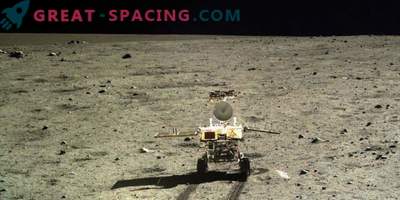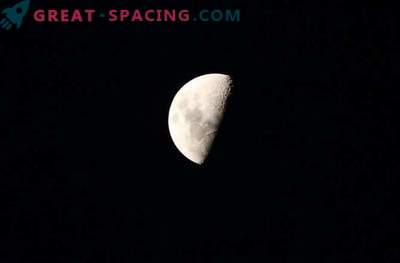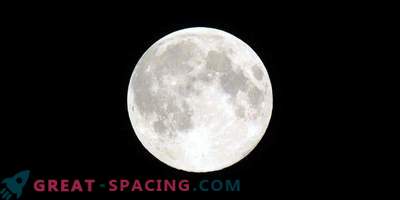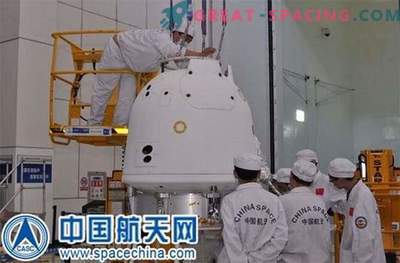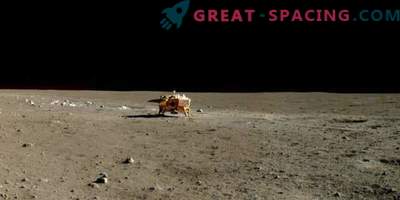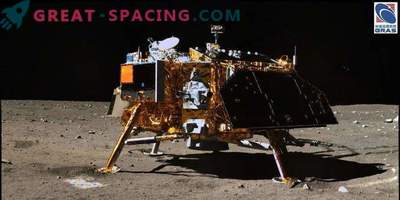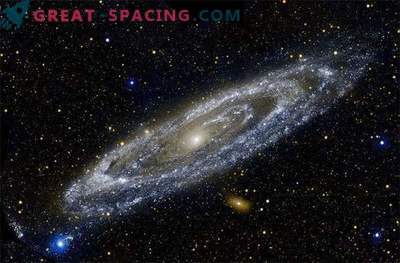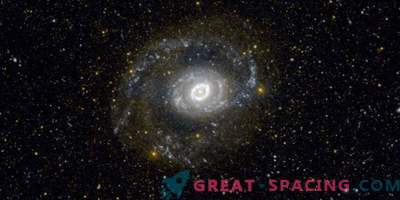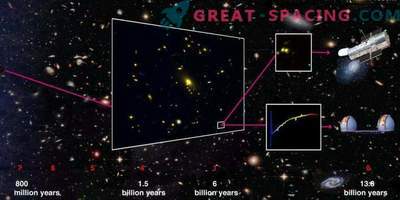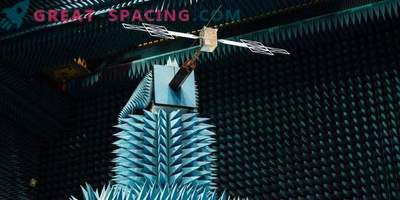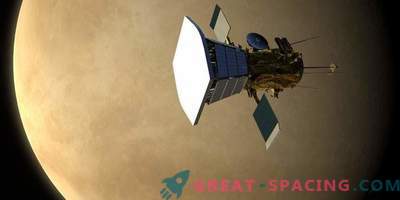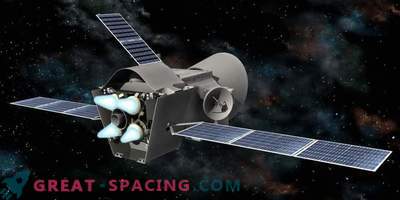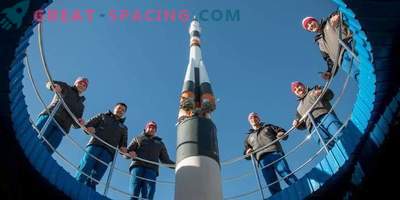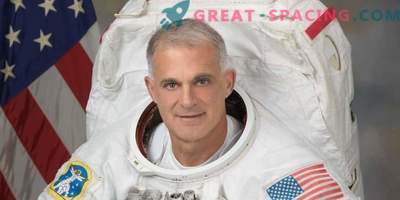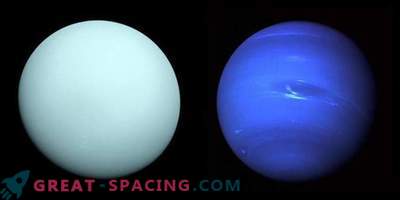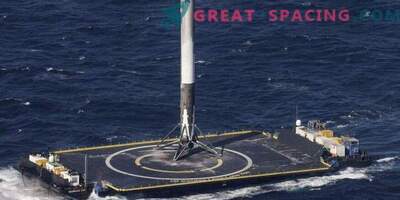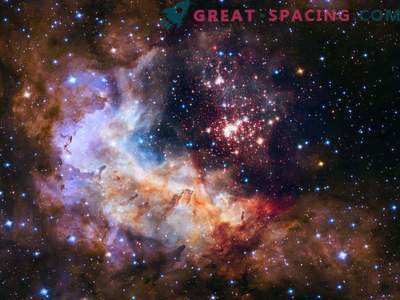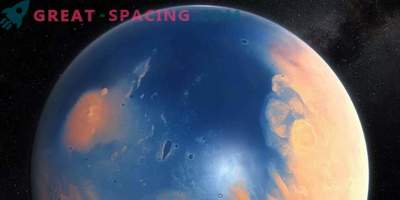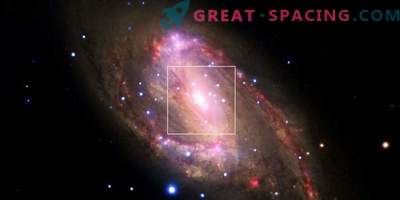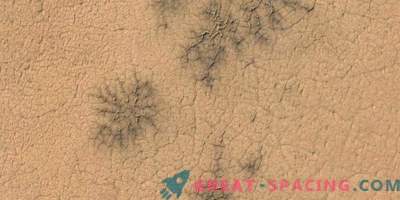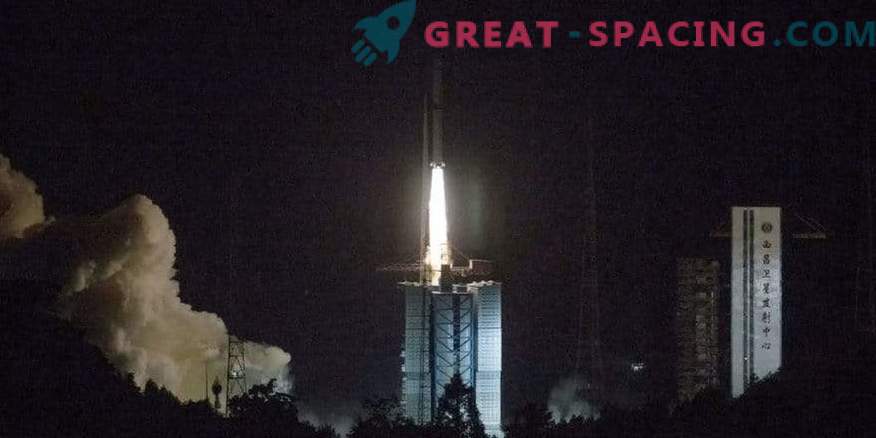
Launch of the Queqiao satellite at the Chinese Chang'e-4 station on May 21, 2018
On December 7, the Chinese National Space Administration will start launching Chang'e-4 on the moon, hoping to make China the first country to have landed an artificial spacecraft on the far side of the moon.
Dutch astronomers are also looking forward to the event, because in this mission they cooperate with Chinese scientists. A satellite with a Dutch radio receiver has already been launched to the far side of the moon and is ready to go when the landing gear is on the surface.
How does Chang'e-4 work?
The Chinese relay satellite Chang'e-4 was launched on May 21, 2018 to the earth satellite. Now it is located on the far side of the moon to ensure the connection between the landing site and the Earth. Equipped with a radio made in the Netherlands.
First Dutch team in a lunar landing
The NCLE Explorer was created by the team of the Netherlands Institute of Radio Astronomy with the assistance of ISIS. The tool is expected to begin scientific observations in early 2019. The Dutch team is looking forward to launch on December 7th, because it will be the first landing on the far side of the moon. Although no instruments from the Netherlands will be aboard the Chinese landing gear, but the Dutch and Chinese radios on the satellite will work together. It is especially interesting to check how well the sensor works in extreme space conditions. Both tools will not only collect scientific information, but also provide technical information necessary for the design of future small radio satellites.
New window to the Universe
Researchers typically use one of Earth’s many radio telescopes for observation. But the device NCLE will make a new breakthrough. The team seeks to tune in to radio signals with a wavelength that cannot be detected on Earth due to the atmosphere. NCLE paves the way for a future large radio experiment on the surface of the moon to observe weak signals created immediately after the Big Bang, before the first stars appeared.
The Chinese planting machine will work for 1-2 months, but the NCLE should last for 5 years. Let's hope that the landing and deployment on the moon will be successful, and the device will turn on in a few weeks.

